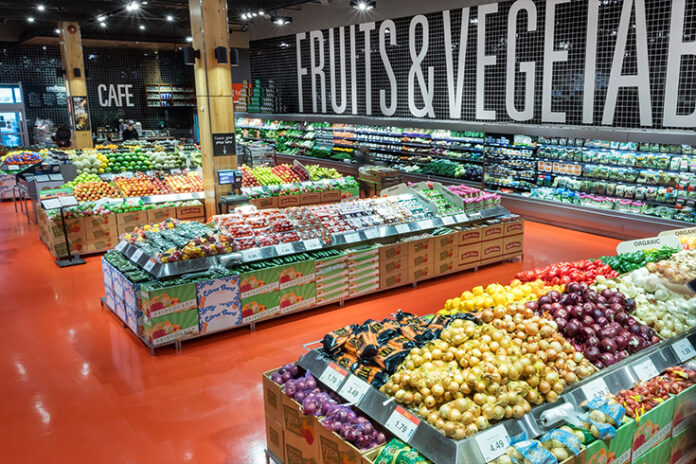As inflationary pressures shift, health retailers must stay agile in pricing and sourcing strategies.
While food inflation in Canada showed signs of moderation in early 2025—driven by restaurant deflation and GST removal—there are emerging concerns that could reverse these trends. From currency fluctuations to potential tariffs, the months ahead may present new challenges for retailers, particularly those reliant on imported goods and health-focused products.
The FX Factor: Currency Woes and Cost Pressures
The Canadian dollar has plunged to its lowest level in two decades, intensifying cost pressures on imported goods. This is particularly concerning for health retailers stocking fresh produce, plant-based products, and specialty supplements. Many essential items—such as organic fruits, nuts, and dietary supplements—are priced in U.S. dollars, meaning a weaker loonie directly translates to higher shelf prices.
Tariffs: A Ticking Time Bomb for Pricing
While Canada and the U.S. have temporarily held off on imposing tariffs, looming trade tensions could push costs higher across key categories. Health-conscious consumers may face rising prices on U.S.-sourced dairy alternatives, protein powders, and packaged functional foods. If tariffs come into play, expect price hikes on everything from imported granola bars to probiotic yogurts.
Commodity Volatility: Coffee, Cocoa, and Oils on the Rise
For retailers in the health and wellness space, rising commodity prices could spell increased costs for key products:
- Coffee: Prices have surged +81% YOY due to extreme droughts in Brazil, impacting organic and specialty coffee brands.
- Cocoa: With a +144% YOY increase, chocolate-based health snacks and protein bars could see notable price adjustments.
- Olive Oil: Though prices are down -54% YOY, they remain elevated, affecting premium health oils and natural skincare products.
How Health Retailers Can Stay Ahead
- Diversify sourcing: Look for alternative suppliers outside the U.S. to mitigate tariff risks.
- Educate consumers: Communicate price changes transparently and highlight cost-effective alternatives.
- Optimize promotions: Offer discounts on bulk purchases or loyalty-based savings to maintain customer engagement.
With inflationary pressures evolving, proactive strategies will be essential for health retailers to navigate 2025’s economic landscape. Stay informed, stay flexible, and prepare for potential cost shifts.









